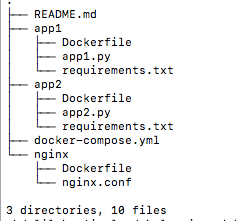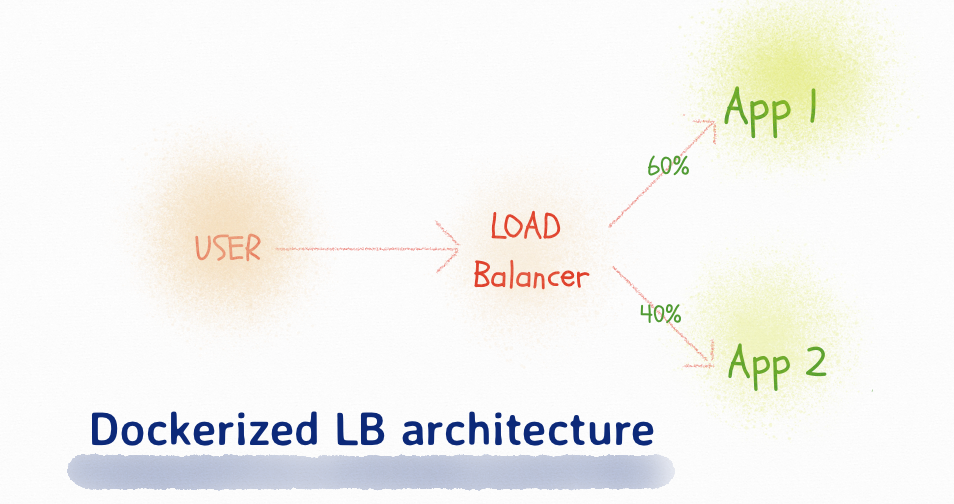Most of today’s business applications use load balancing to distribute traffic among different resources and avoid overload of a single resource.
One of the obvious advantages of load balancing architecture is to increase the availability and reliability of applications, so if a certain number of clients request some number of resources to backends, Load balancer stays between them and route the traffic to the backend that fills most the routing criteria (less busy, most healthy, located in a given region … etc).
There are a lot of routing criteria, but we will focus on this article on fixed round-robin criteria — meaning each backend receives a fixed amount of traffic — which I think rarely documented :).
To simplify we will create two backends “applications” based on flask Python files. We will use NGINX as a load balancer to distribute 60% of traffic to application1 and 40% of traffic to application2.
Let’s start the coding, hereafter the complete architecture of our project:

app1/app1.py
from flask import request, Flask
import json
app1 = Flask(__name__)
@app1.route('/')
def hello_world():
return 'Salam alikom, this is App1 :) '
if __name__ == '__main__':
app1.run(debug=True, host='0.0.0.0')
app2/app2.py
from flask import request, Flask
import json
app1 = Flask(__name__)
@app1.route('/')
def hello_world():
return 'Salam alikom, this is App2 :) '
if __name__ == '__main__':
app1.run(debug=True, host='0.0.0.0')
Then we have to dockerize both applications by adding the requirements.txt file. It will contain only the flask library since we are using the python3 image.
#load-balancing #python-flask #docker-load-balancing #nginx #flask-load-balancing
